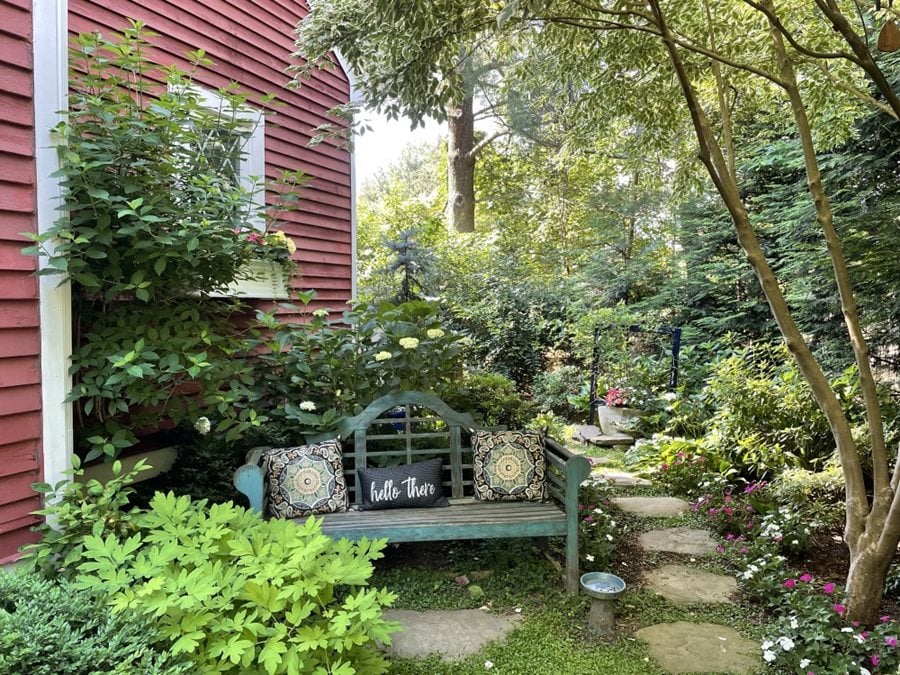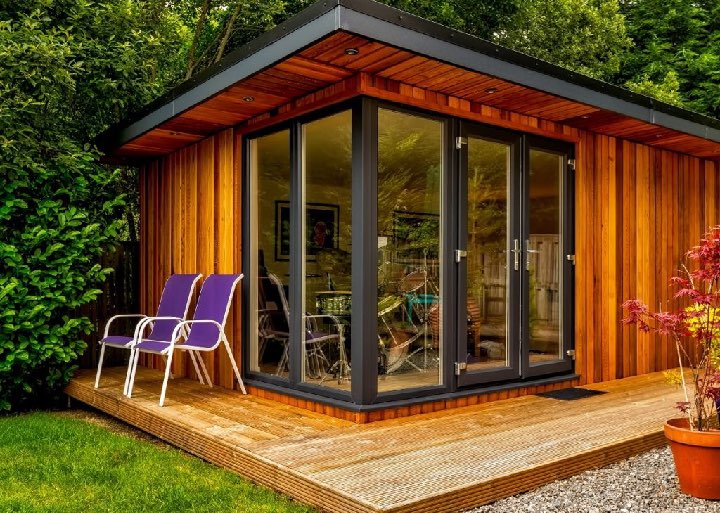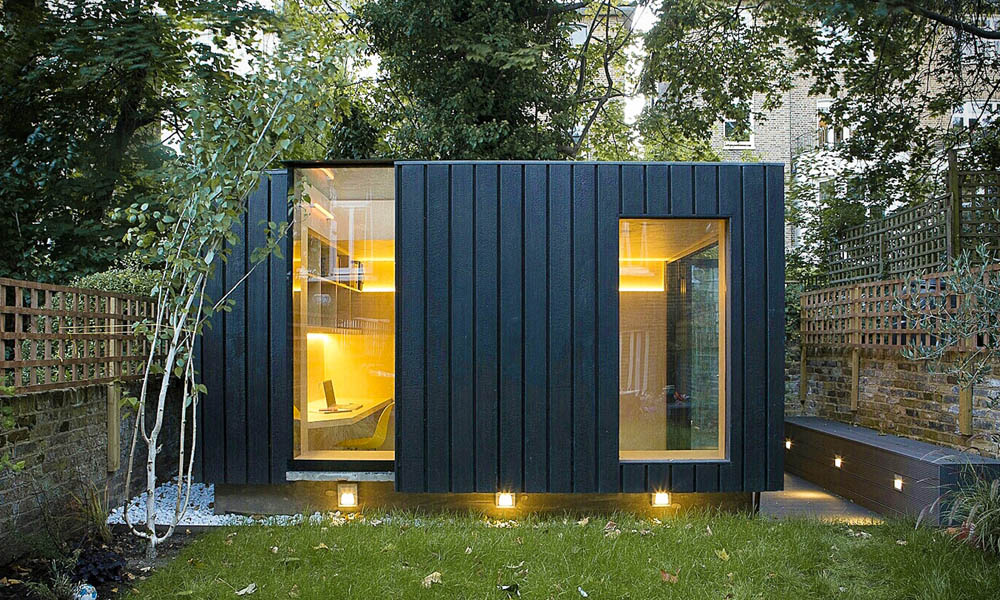Excellent Info For Planning Permission For Garden Summer Houses
Wiki Article
What Planning Permission Is Required To Build Garden Rooms, Etc. In Conservation Areas
Certain restrictions have been put in place to ensure the character and appearance of conservation areas. This is the case for conservatories, garden rooms or outhouses. Here are key planning considerations in conservation areas.
In conservation zones, any structure or extension that would normally fall under permitted development may still need planning permission. This applies to garden structures, sheds and outbuildings.
Size and Scale
Any structure, regardless of its size, might require planning permission if it's deemed that the structure will impact the conservation area's characteristics. There are stricter restrictions on the dimensions and scale of extensions or new buildings compared to non-designated areas.
The property's location:
The probability of a building needing planning permission is higher when the extension or building is situated on the side, front or back. Rear of buildings can also need permission if they are visible from public areas, or if it affects the general appearance.
Materials and Design:
In conservation areas, the choice of design and materials is vital. The materials that are used in any new construction or extension must be in accordance with the historic or architecture area's interest. This will require approval for planning.
Demolition:
The demolition of buildings or parts of buildings such as outbuildings and boundary walls, typically requires planning permission in conservation areas to ensure that any changes are in keeping with the area's character.
Height restrictions:
Height restrictions are stricter in conservation zones. If a structure is more than 2.5 meters in height It is highly likely that the planning permit will be required.
Effect on the Surroundings
Planning approval is required if the building or extension proposed substantially alters the visual appearance or the setting of the conservation area including the views from and across the area.
The use of the building
A garden room, an outbuilding or studio may not need planning permission if the use is allowed.
Changes and additions
The majority of extensions that change the appearance of the structure or exceed certain volume or size limits are subject to approval for planning. This includes conservatories as in other significant changes.
Curtilage Structures:
Constructions that are located within the curtilage an listed building within a conservation area always require planning permission. This is for new extensions, outbuildings or modifications.
Trees that are protected:
The trees in conservation areas are often protected. If you intend to build on trees, other permits, such as permission for tree works and planning permission may be needed.
Local Authority Guidelines:
The local planning authority can create specific guidelines or restrictions for every conservation zone. They can include specific criteria for what is allowed and not allowed, which are adapted to the character of the particular area.
In summary, to obtain planning permission in conservation zones, you must assess how your proposed conservatory or garden room will impact the area's architectural and historic character. To ensure that the plan is compliant with the relevant laws, it is essential to speak with local authorities before beginning the design process. View the most popular what is conservatory for more tips including insulated garden rooms, out house for garden, outhouse builders, myouthouse, what size garden room without planning permission, outhouses, garden room planning permission, my outhouse, garden out house, what size garden room without planning permission uk and more.

What Planning Permission Do You Need To Build Garden Rooms, Etc. Terms Of Height Restrictions?
The height of gardens and conservatories, as well as outhouses, office buildings, or extension will decide whether or not a planning permit is required. Here are some important guidelines for height that you must be aware of.
The maximum height for a detached outbuilding or extension shouldn't exceed 4 meters with a dual-pitched roof (such as a gable roof).
If you have a different type of roof (flat or single-pitched. The maximum height for any type of roof (flat or single-pitched) is 3 meters.
Distance from boundary:
The height limit is 2.5 metres when the structure is within 2 meters of your property's boundary. This rule applies to sheds, garden rooms and similar outbuildings.
Eaves Height:
The maximum length of eaves (the distance that extends from the roof's lowest point up to the topmost eaves height) of any structure cannot exceed 2.5 meters.
Conservatories and Extensions:
For a single-story rear extension the height cannot exceed 4 meters. This includes the roof and any walls with parapets.
Side Extensions:
Extensions on the side of the house should be no taller than 4 meters, and not more than half of the width originally.
Special Roofs
Roofs that are flat are generally only allowed to be up to a 3 m in height.
Additional Restrictions in Designated Areas:
In conservation zones (AONB), Areas of Outstanding Natural Beauty or other designated areas, height restrictions are likely to be more strict and planning permission might be needed for buildings that fall under the development rights that are permitted.
Buildings within National Parks
Like designated areas structures within National Parks may have additional height limitations that require planning permission.
Design for the Roof
Consider the roof's height and any chimneys, antennas or chimneys. It is crucial to take into consideration. When the maximum point goes over the permitted limits of development, permission for planning must be sought.
Neighbours affected
Planning permission might be required for a building that falls within the permitted maximum height limit if it impacts in a significant way the sun, privacy and the view of neighbouring properties.
Maximum Height Overall:
The height of the entire structure should not exceed 4 meters. A garden office with roofing that is dual-pitched, for instance should not be more than 4 meters.
Decking and Platforms
The decking, platforms or other structures that are attached to the structure must not elevate the ground more than 3 meters. This will avoid requiring a planning permit.
Always check the website of your local planning authority to see any new rules or changes. Even if the project is in the scope of permissible development rights, local modifications or specific property conditions may require planning permission. Follow the most popular how to heat a garden room for site info including garden room, small garden office, ground screws vs concrete, garden out house, 4m x 4m garden room, out house, outhouse building, copyright garden office, how to get power to a garden room, composite summer house and more.

What Are The Restrictions On Location For Garden Rooms Etc?
The position of garden rooms, or conservatories, as well as outhouses, office buildings, and garden offices can be an important factor when determining whether permission for planning is required. Here are the main aspects to be considered when determining the location The proximity of boundaries
Buildings within 2 metres of the property line cannot exceed 2.5 meters in height. If the building's height is higher than those limits, a building permit is needed.
Front of the Property:
Extensions or structures that are constructed in front of the main elevation of a home (the front facing side) generally require approval for planning. This is because allowed development rights usually prohibit them.
The Property's Side:
Side extensions can be subject to height and width restrictions and may require planning permission if they extend past the existing side wall.
Rear of the Property:
Height and size restrictions are applicable to the garden rooms as well as extensions to the rear of the house. Planning permission might be required when the garden or extension rooms are over the permitted growth limit.
Designated Zones
In National Parks (National Parks) and AREAS OF OUTSTANDING NATURAL Beauty(AONB) and World Heritage Sites (World Heritage Sites) more stringent control is in place. Planning permits may be required for any construction regardless of how big.
List of Buildings
Properties that are listed as a building has strict guidelines. Any construction, modification or expansion will generally require approval from the planning department and listed building consent regardless of the location on the property.
Green Belt Land:
To conserve open space, building on greenbelts is strictly restricted. A special permit is typically needed for any new construction or modifications.
Flood-prone areas:
In the event that the property is situated in an area prone to flooding There are additional rules to make sure the new structure doesn't exacerbate the risks. Planning permission and potentially an assessment of risk for flooding may be required.
Urban vs. rural environments:
Urban settings often have different rules than rural settings. Rural properties, for instance, may have more lax restrictions on the placement and size of outbuildings. However, this can differ greatly.
Highways and Public Rights of Way:
It may be necessary to get planning permission when a construction site is near to highways or public rights of ways. This will ensure that the construction does not hinder views, safety or access.
Shared Ownership and Leasehold Land
If the property is leasehold or part of a shared ownership scheme Additional authorization from the freeholder, or managing entity may be required. Planning permission may still apply depending on local regulations.
Nearby to Other Structures:
The planning permission must be obtained if the proposed structure is constructed next to an existing building or structure, in particular ones that are located on adjacent properties. This is to ensure that there are no adverse effects on nearby buildings or land.
It is always recommended to speak with your local planning authority for specific guidance tailored to your specific location and the specifics of your situation. Regulations can vary significantly according to local regulations and the need to ensure compliance with all relevant limitations is vital to avoid legal problems and potential penalties. Follow the top rated warm garden rooms for website examples including what is a garden room, garden office, do you need planning permission for a garden room, insulated garden rooms, garden room permitted development, outhouse buildings, garden room permitted development, what size garden room without planning permission, best electric heater for cabin, copyright garden buildings and more.
